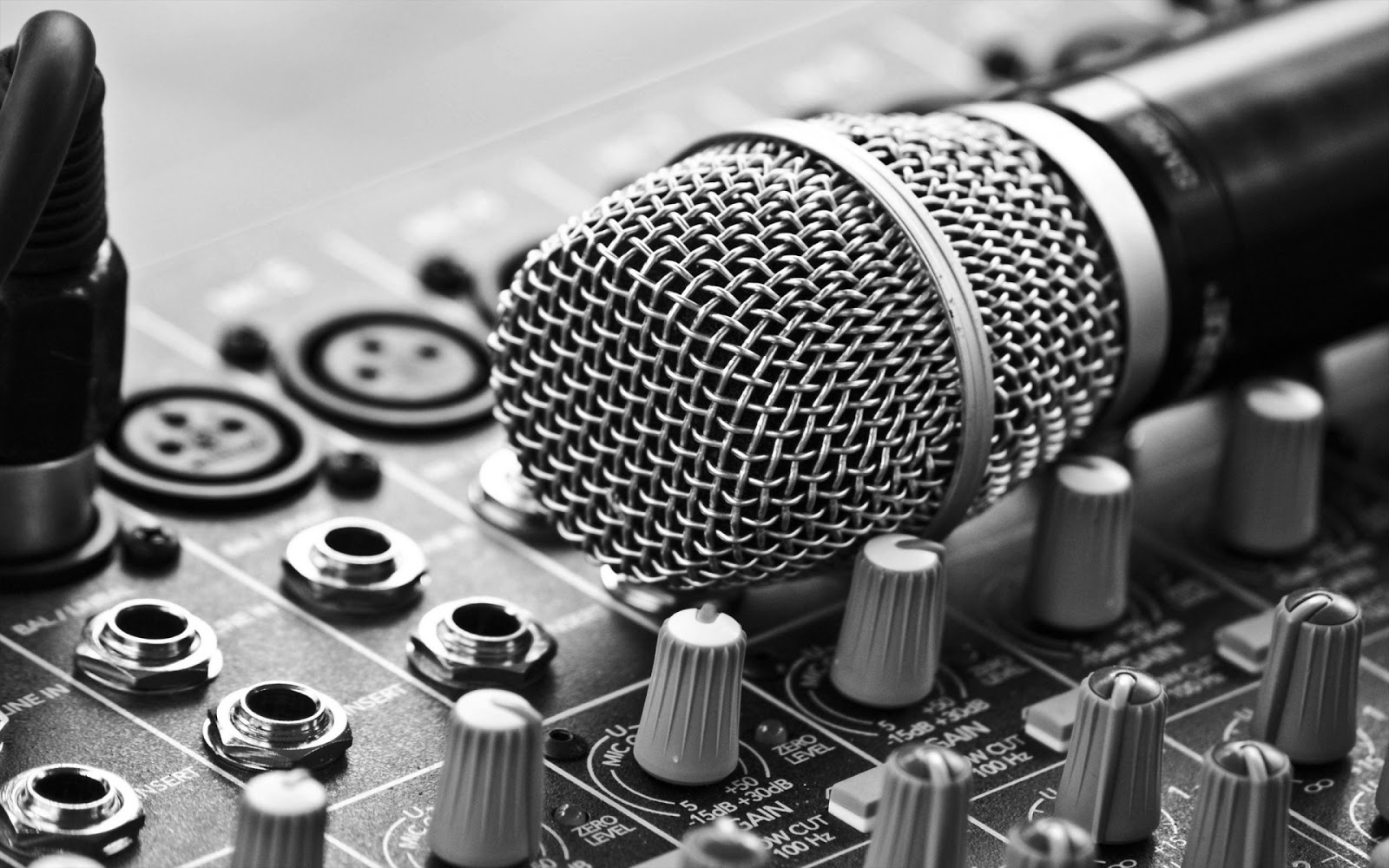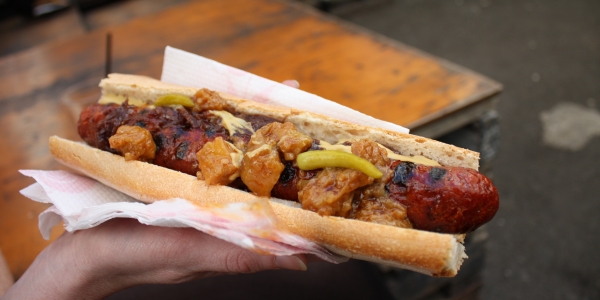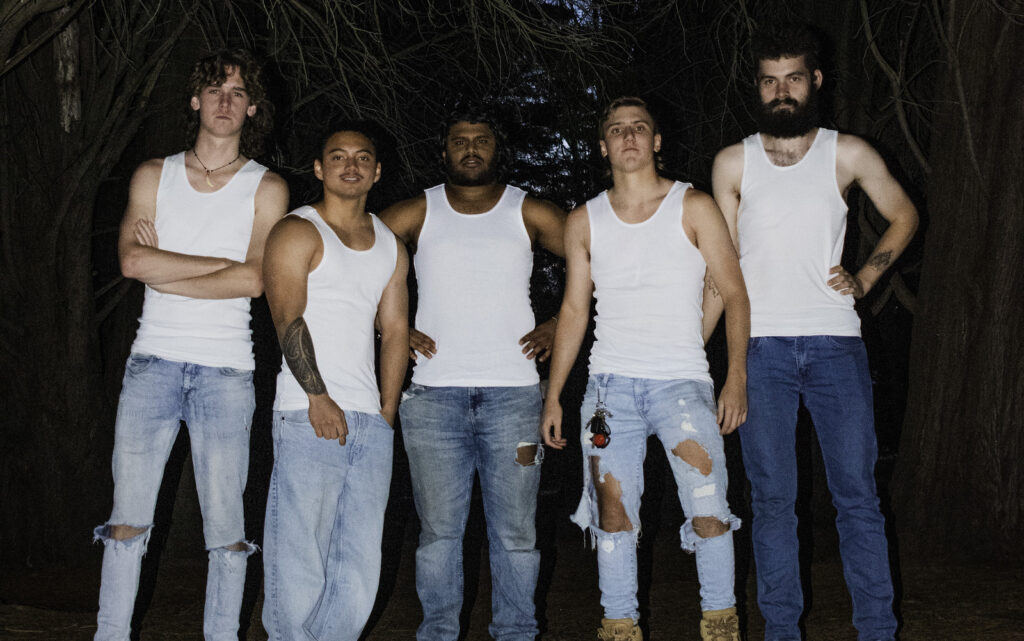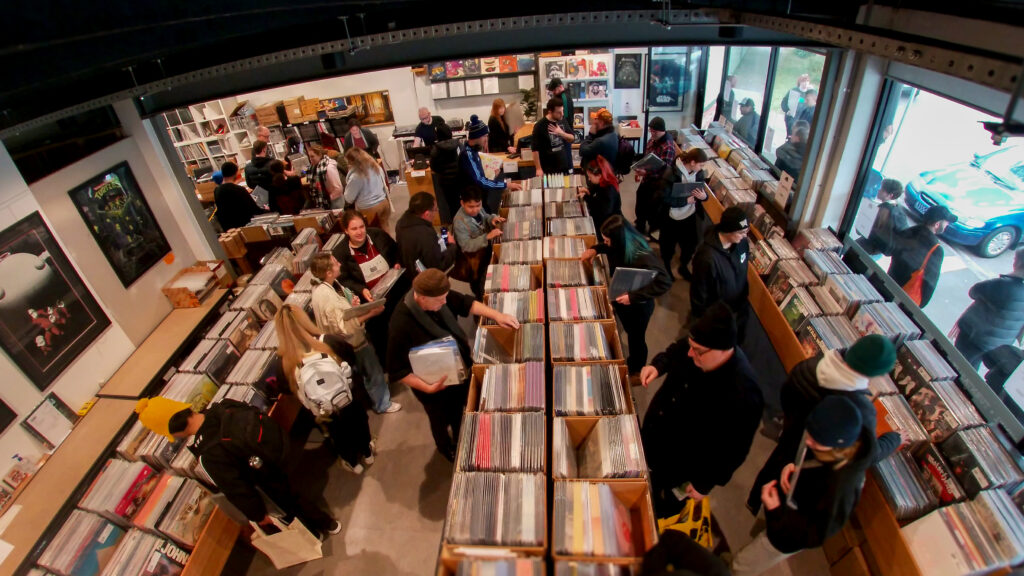1. Younger Acts Will Dominate Tours
While Baby Boomer acts were the backbone of the global concert industry for 30 years, many promoters believe their audiences are coming to the point they don’t go out any more. An early indication of the demographic swing is high grosses for tours by Taylor Swift, Justin Bieber and Justin Timberlake. This shift, said one promoter, is due to the rise of digital music sites, “and their moves to put concert preference information on who you like and who you’re listening to right in front of you when you’re listening to them. That is very low-hanging fruit that will probably make the biggest difference of all in terms of ticket-buying and information.”
2. More Tours For Australia
The $20 billion global tour market outside the US and Europe has grown to such an extent that last year 11 of the top 25 shows were from those areas. US analyst Rich Tullo told Billboard, that where major acts 20 years ago might play North America, UK and Europe, “now it’s Australia, New Zealand, China, Southeast Asia, South America. There are only so many days, and that’s why you’re feeling that [lack of shows] in secondaries and smaller markets, because everybody is playing around the world.”
3. Festivals Become Even More Niche
Australian festivals have been prancing down the boutique niche path for some time –where music is just part of the total experience. But after the disaster of Soundwave, expect this process to accelerate, as it’s obvious you can’t rely on one genre of music to support a huge event. With the rise of singles over album sales due to digital consumption, music fans expect to see more different kinds of acts on the bill even if they are one-hit-wonders. But festival promoters will continue to (unfairly) battle harassment from authorities over overdoses and drug deals on their sites. NSW premier Mike Baird has threatened to close them down if they can’t deal with it (even though it’s out of their control) and one idea from South Australia was that music festivals be cancelled if the temperature goes over a certain point to counteract the impact of drugs kicking in.
4. Quick Nurse, The Streams
Australia’s take-up of music streaming will continue at a rapid rate almost doubling each year – with The Beatles’ coming on board on Christmas Eve expected to push things even faster. In 2015, revenue from music streaming in this country was US$58.5 million. With an annual growth rate of 17.21% a year, Statista expects it be worth US$129.3 million by 2020. User penetration was at 28.77% in 2015 and is expected to hit 36.37% in 2020.
America is the biggest market for music streaming, generating US$1.5 billion in 2015. It is tipped to rise by 12.76% a year to $2.77 billion in 2020. User penetration will rise from the current 49.93% to 62.38% in 2020. Streaming in the UK was 25 billion audio streams last year – over double that of the 13.7 billion audio streams in 2014.
The Beatles’ arrival on streaming is more significant than, say, AC/DC or Led Zeppelin who also took their time coming on. The Fab Four have the widest demographic of fans, and their presence has given a mainstream awareness of the various services, especially with older music fans.
5. CDs And Vinyl Fight Back Harder
The rise of streaming in Australia has dented the rise of downloads. But it is no longer assumed it will kill off CDs and vinyl. In fact, UK research late last year showed that a new kind of consumer – the “multi-channeller” – finds new music online and then buys the physical format. Two-thirds (66%) regard themselves ‘multi-channellers’, especially among Millennials. To them, digital and physical are not a case of either/or but taking from the “best of both worlds”. One in five buys a CD as a gift. But yes, many consumers do see CDs and vinyl as relics of a bygone era. In the 16 to 24 age group, 34% said they would not buy CDs again (unless they had exclusive tracks) and 57% have nothing to do with vinyl.
It can be assumed that a high rate of Australian consumers are also multi-channellers. It explains why the CDs decline has slowed down in Australia (but nonetheless is still declining) and they’re still worth $115 million, according to the last yearly figures from ARIA (2014) and why vinyl jumped by 127%.
In the UK, the decline of CD sales slowed from 20% in 2012 to 13% in 2013, and to 8% in 2014 when streaming took off. Vinyl still remains 2% of the UK recorded music market. But sales are expected to hit 2 million this year, for the first time in 20 years. There are now more than 10,000 High Street outlets which stock CD and vinyl across the UK.
6. SVOD Market Continues To Grow
Netflix has grabbed more Australian subscribers than local services Stan and Presto. The current 1.5 million subscribers will rise to 3.2 million by the end of 2017 and 6.2 million by the end of 2023, forecasts Credit Suisse. That year, it will be in 60% of broadband households and SVOD will generate $700 million in revenue. Although the younger demographic is shifting from live TV viewing, the rise of SVOD will not herald the end of traditional or pay TV but help it rise by 2% through time-shifted viewing and digital video.
13.5 million Australians watch commercial TV a day. They also grab 65.5% of viewers at night time, compared to pay TV (21.9%), ABC (5.9%) and SBS (2.7%).
7. Sales Of Instruments Rise
Statistics released last September by the Australian Music Association (australianmusic.asn.au) indicated certain instruments were showing sales going north, factoring in domestic sales and imports. Acoustic guitars were up 13%, bass guitars up 6%, amps increased by 6%, speakers by 22%. The market for electric guitars was flat. Acoustic drums rose by 12%, while electronic drums also went up in demand as their prices dropped. Percussion was up 22%. Also doing well were digital and acoustic pianos, brass, DJ turntables and ukuleles. Electronics were flat but with a slight rise. How this scenario changes will depend on the performance of the Australian dollar through 2016 and more “realistic” prices.
8. Lockouts In Other States
Not only does the NSW Government insist that Sydney’s lockout is here to stay, but other places in the country will be stuck with it through 2016. The head cop in the ACT plans to get it introduced. Lobbying has begun for its introduction in Tasmania. The Queensland Government began introducing a policy through Parliament, although watered down after the live music sector lobbied effectively.
9. Commercial Radio Will Widen Content
Commercial radio has been successful at building digital content. But in 2016 there’ll be a focus on more strategic and integrated content to “keep up the conversation” with listeners throughout the whole day. As more cars are installed with digital devices, listening on the road is fast the predominant place to listen. Many networks will evolve their content beyond broadcast to monetise it and work closer with brands and do more live events. Expect a greater stress on personalities, talkback, comedy, localism and topicality.
10. Global Collaborations Made Easier
The Internet has already made it easier for Australian music talent to combine with overseas creatives through collaboration tools such as Dropbox and WeTransfer. But international companies are working on a major shortcoming – working in live-real time with someone not in the same room as you. Could this happen in 2016?
11. Greater Scope For Virtual Reality
You can put on a pair of headphones and “tour” a refugee camp in Africa. But a report on Crunch Network by Scott “DJ Skee” Keeney (who founded the curator-led digital broadcast platform Dash Radio) said that in the future, virtual reality could mean you can spend a few hours as Kanye West or be in the same booth as a DJ superstar or perform for a crowd of tens of thousands. Keeney says there’ll be a time when virtual reality apps let you learn instruments, “attend” shows when a band doesn’t come to your town, or “play” a town when your band can’t tour there. So far VR apps have been used by major names like Paul McCartney and The Who but the scope for emerging acts and DJs to establish global followings is awesome.
12. Labels Continue To Redefine Themselves
The redefining of record companies, especially the major ones continue. Through 2016, there’ll be more involvement in films (Universal Music had great success with Straight Outta Compton and Amy), more brand partnerships, especially with the divisions of conglomerates of which they are part of, and with technology firms to delve further into video content (especially mobile short-form video), an increase of in-house audiovisual production capabilities and new ways to monetise their artists’ music videos.
13. Downloads Take Over Video Games
Last month, the global video game industry experienced a game changer – when downloads overtook sales in stores. The industry had been heading in this direction for the past few years but December was the turning point. The total worldwide gaming market was expected to be US$91.95 billion in 2015. Revenue from global mobile games were expected to eclipse console game revenues for the first time, bringing in $30.3 billion worldwide to consoles’ $26.4 billion.
14. EDM Festivals Will Go More Corporate
The US$6.9 billion global EDM industry will grow rapidly as it steps further into the mainstream. But EDM festivals will need more corporate deals to survive as expenses spiral. These include artist fees, with superstars like Tiësto (who made $22 million in 2014) and David Guetta charging up to $1 million for a festival slot. As the market becomes more saturated with new festivals – the EDM empire SFX alone anticipates doing 105 to 110 festivals this year – they have to outdo each other. This is through technology to make on-site experience as pleasurable as possible (like “wearable tech” wristbands to make everything cashless and accentuate social media contacts) or turning their productions into wildly creative extravaganzas to take patrons to other dimensions.
For instance, Mysteryland’s main stage was a massive castle with a clock tower, huge light balloons and fireworks shooting out of the castle turrets. Coachella’s dance-friendly Sahara Tent required 1,300 pieces of equipment. Las Vegas’ Electric Daisy Carnival, which drew 400,000 over three days, had a structure which spanned 440×80 feet with 1,000 lighting fixtures, 30 lasers, and needing 2.5 million watts of power to operate. These have to be paid for by brands, all wanting to get into the EDM space. The problem, though, is that this becomes harder as authorities around the world come down hard on raves because of drug related incidents; Future Music Asia a prime example.
15. Triple J Becomes A Greater Cultural Beacon
Triple j is more part of our lives than ever before, at the cutting edge of changes in radio, mobile, TV, online or social media. “There’s no one else in Australia doing what we do and we’re stoked to see how many people are engaging with us as a result,” said its Content Director Ollie Wards. In 2016, the network is set to build on its impressive figures from last year. Its weekly listenership in the five capital cities sits at 1.953 million (not including those in regional areas which are not surveyed). In its 18-24 core demographic, triple j was #1 in Sydney and Perth, and in the top three of other capital cities.
It also has 1.7 million fans on social media – more than any other Australian radio station – as well as being #1 radio station on YouTube, Facebook, Instagram and Twitter. Hit List is the most listened to partner playlist on Spotify Australia. Triple j additionally partnered with Apple Music’s Beats 1 taking Australian music to new audiences around the world. The 2015 Hottest 100 broke all previous records, with 2 million votes cast in the poll.
Its two digital stations, Double J and triple j Unearthed, have been successful. Unearthed’s website drew nearly 3 million views to check out 121,000 songs by 69,000 artists. Double J, the “older sibling” aimed at the 30-50 group, “has continued to grow across all platforms, to the extent that it’s already the ABC’s most successful digital-only radio station and one of the most listened to digital stations in Australia,” the network reported.









